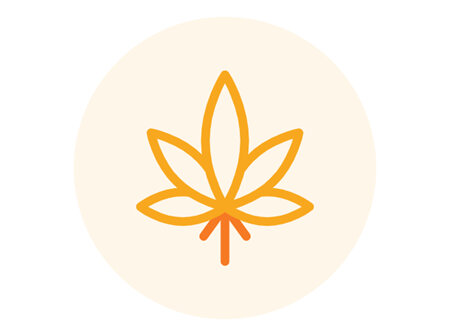What is Medicinal Cannabis?
Medicinal cannabis is a medication that comes from the cannabis plant. The cannabis plant contains 80 to 100 cannabinoids of which two of these are Tetrahydrocannabinol (THC) and Cannabidiol (CBD). Currently there are over 100 different manufactured medicinal cannabis products available in Australia. Alternatively Medicinal cannabis can also be compounded. They come in various forms such as oils, pills, capsules and dried flower products.
Current indications for the use of medicinal cannabis include the following;
- Chronic pain
- Fibromyalgia
- Neurological conditions;
- Tremor
- Parkinsons
- Multiple Sclerosis (MS)
- Spasticity
- Seizure disorders
- Nausea/Vomitting (Chemotherapy induced etc)
- Arthritis
- Tourette's syndrome
- Autism spectrum disorders
- Mental health
- Attention deficit & hyperactivity disorders (ADHD)
- Anorexia/Cachexia
- Gastrointestinal disorders:
- Irritable bowel syndrome (IBS)
- Crohns
- Autoimmune related
- Migraine
- Post traumatic stress disorder (PTSD)
- Palliative care
Side effects of Medicinal Cannabis
Side effects can inclue difficulty in concentrating, dizziness, drowziness, issues with balance, issues with thinking and memory, vertigo, nausea and vomitting, fever, decreased or increased appetite, dry mouth and diarrhoea. The aforementioned can be caused by both THC and CBD. THC use is mainly associated with the sedating, psychotropic side effects such as, convulsions, feeling high or feeling dissatisfied, depression, confusion, hallucinations, paranoid delusions, psychosis or cognitive distortions (having thoughts that are not true)
Can I drive whilst taking Medicinal cannabis?
Patients should not drive or operate machinery whilst being treated with medicinal cannabis, specifically with any medications containing THC. THC, the main psychoactive substance in cannabis, can be detected in urine many days after initial dose. It take 5 days for 80% to 90% of the initial dose to be excreted. Drug-driving is a criminal offence and patients should be aware of the implications of taking medicinal cannabis. CBD only formulations, whilst don't contain THC and have little psychoactive effect can still cause adverse effects (as aforementioned) that may warrent caution whilst driving or operating machinery.
How does Medicinal cannabis work? What is the Endocannabinoid System?
It is believed that cannabinoid molecules found in cannabis interact in our body via the Endocannabinoid system. The Endocannabinoid system (ECS) is a complex cell-signaling system that has functions in regulating sleep, mood, appetite, memory, reproduction and fertility, chonic pain, muscle formation, liver function, stress, learning, digestion and inflammation. This system exist in the body even if you do not consume cannabis. It is through endogenous cannabinoids or endocannabinoids (Cannabinoids that are produced by our bodies) that the ECS is modulated. Anandamide (AEA) & 2-arachidonoylglycerol (2-AG) are a couple examples of endocannabinoids.
The system also has Endocannabinoid receptors that allow signaling to occur. CB1 receptors are mainly found in the central nervous system (CNS) and CB2 receptors are found in the peripheral nervous system (PNS) especially in immune cells.
At current, THC and CBD interact with the above receptors resulting in various actions in the ECS. There are other cannabinoids other than THC and CBD. Below is a diagram showing a few others and their functions.










